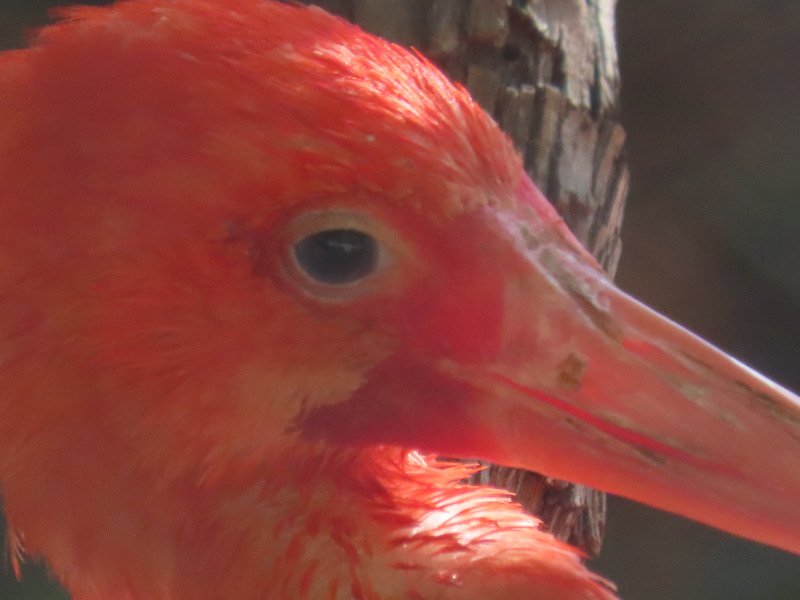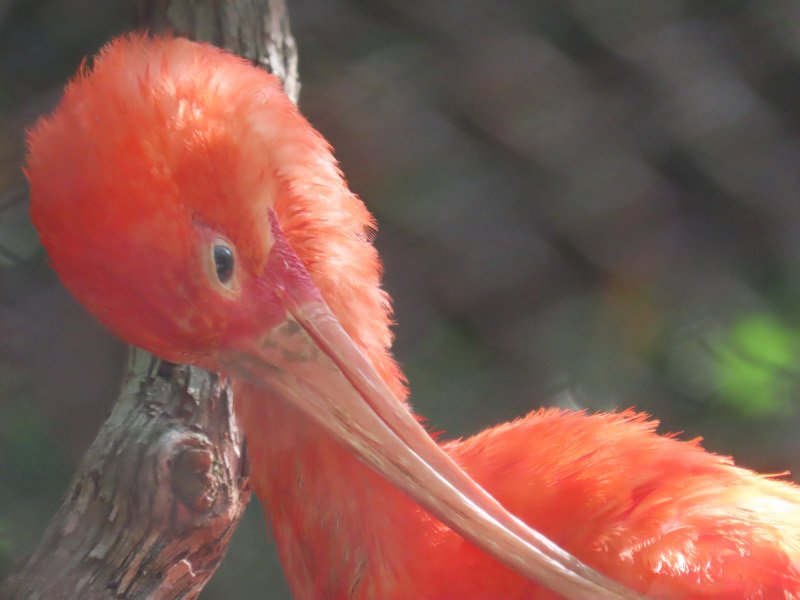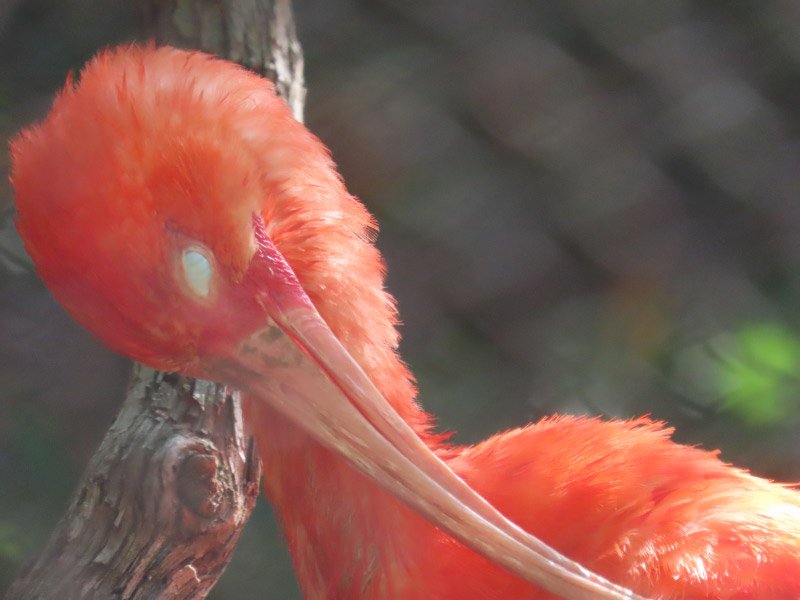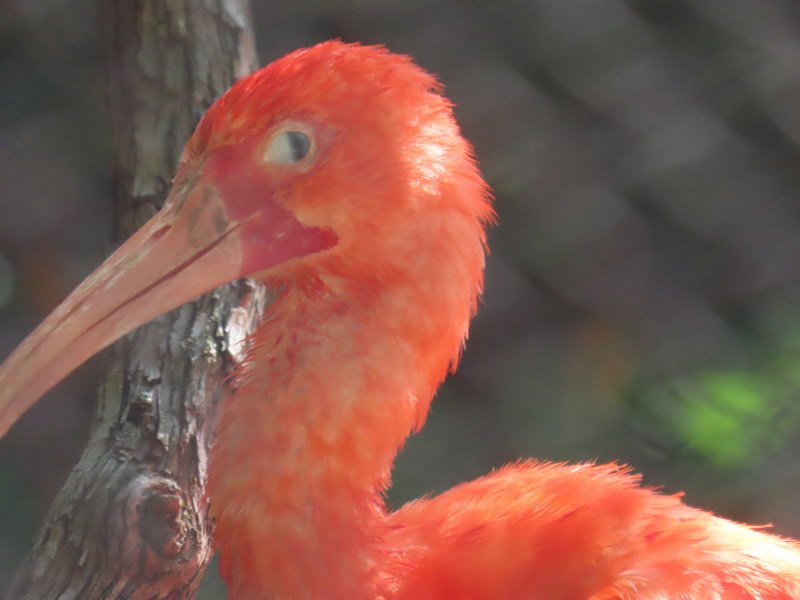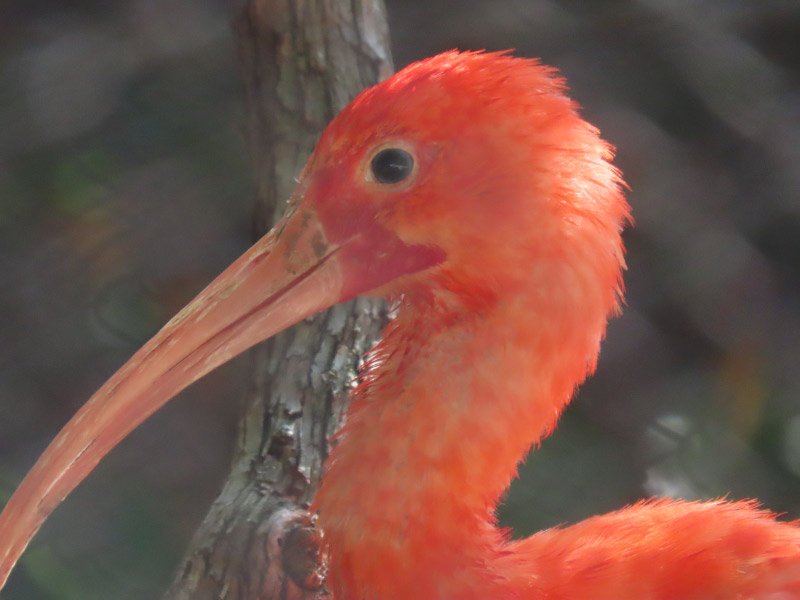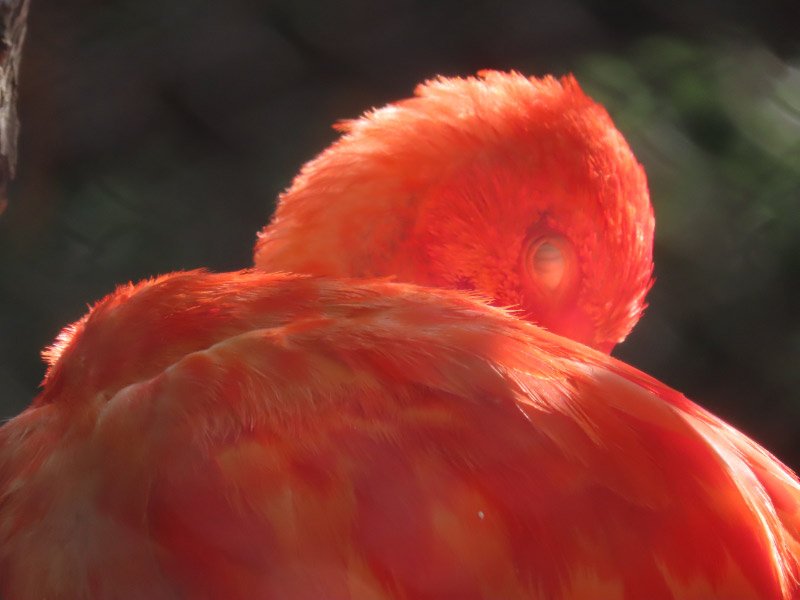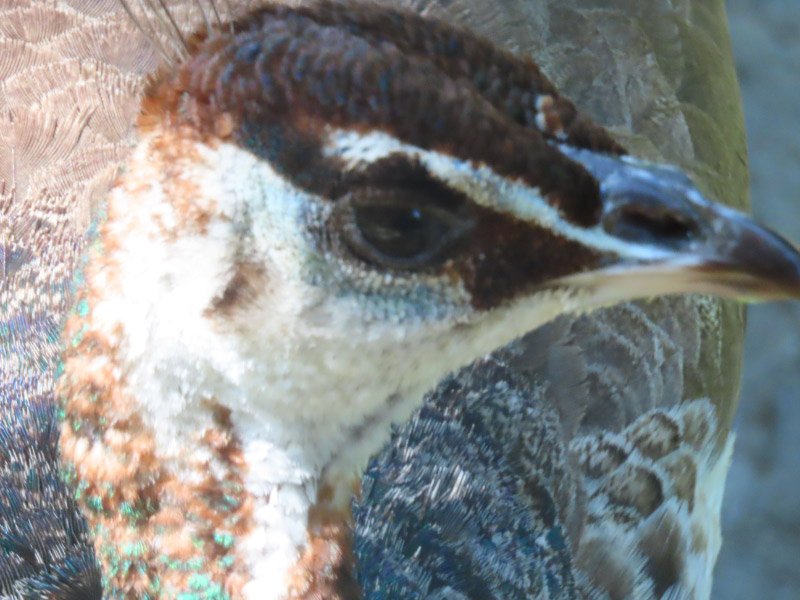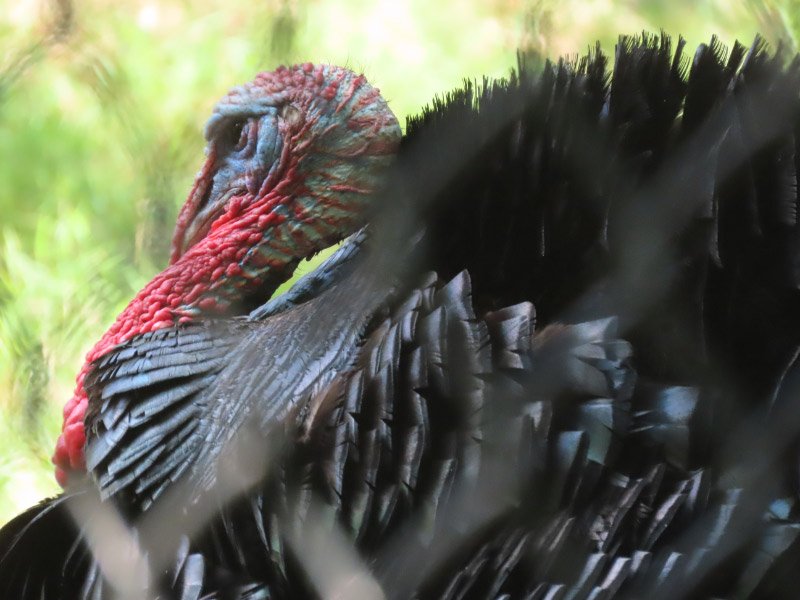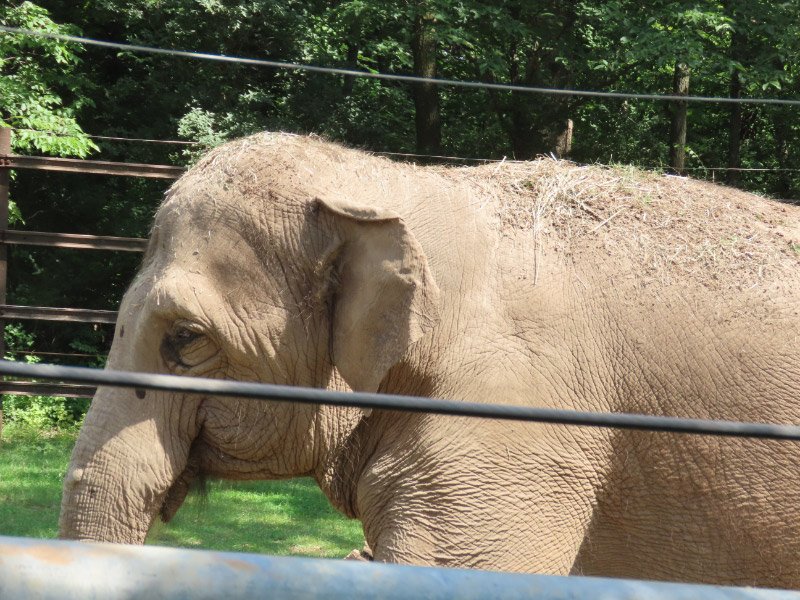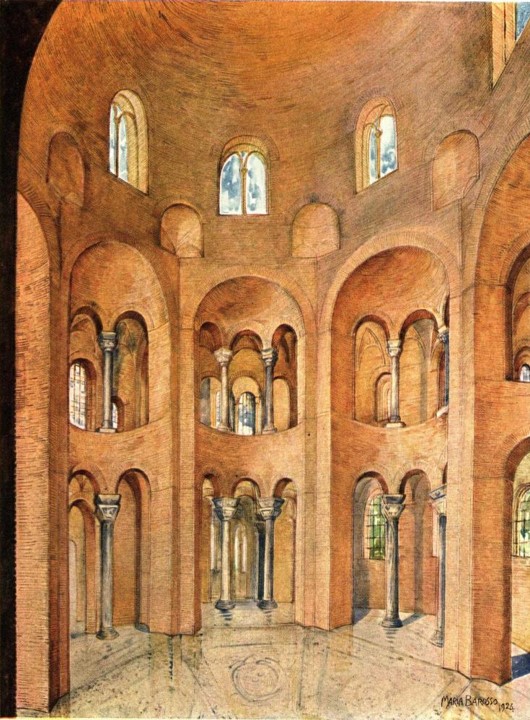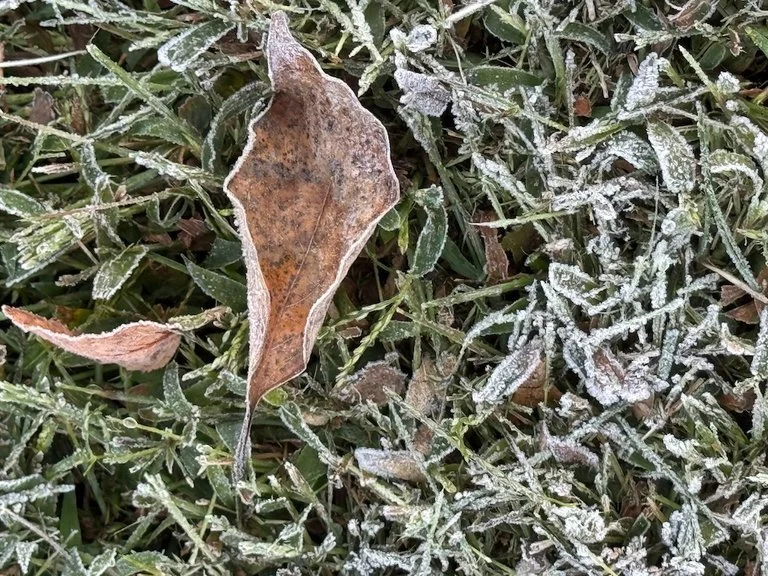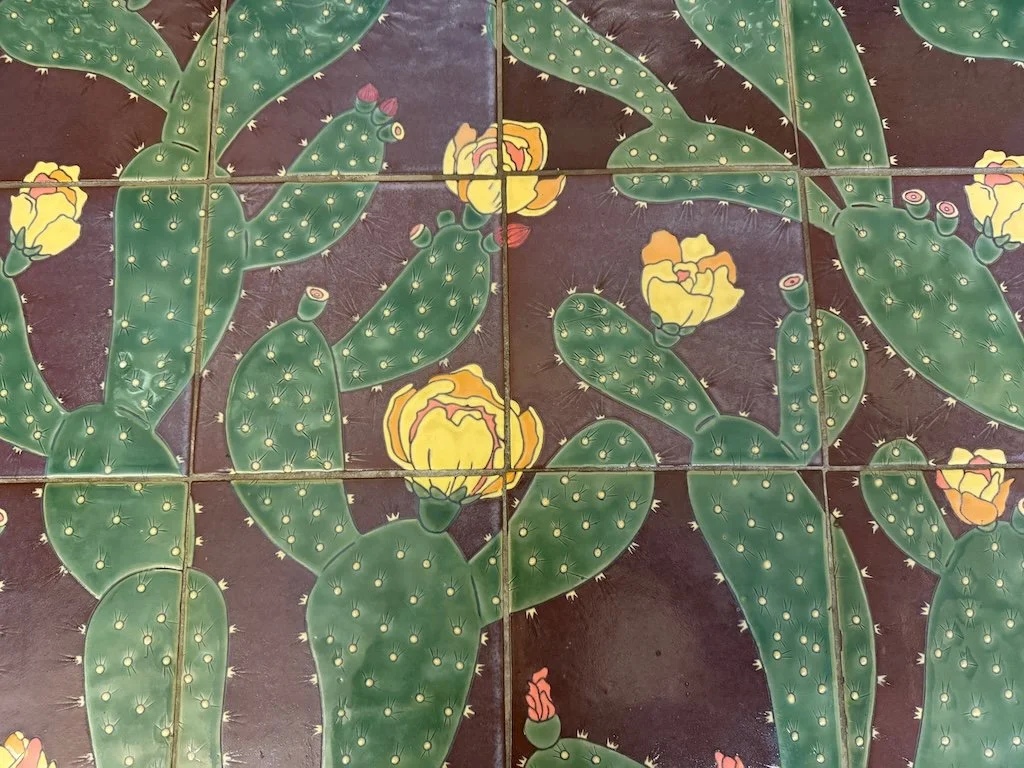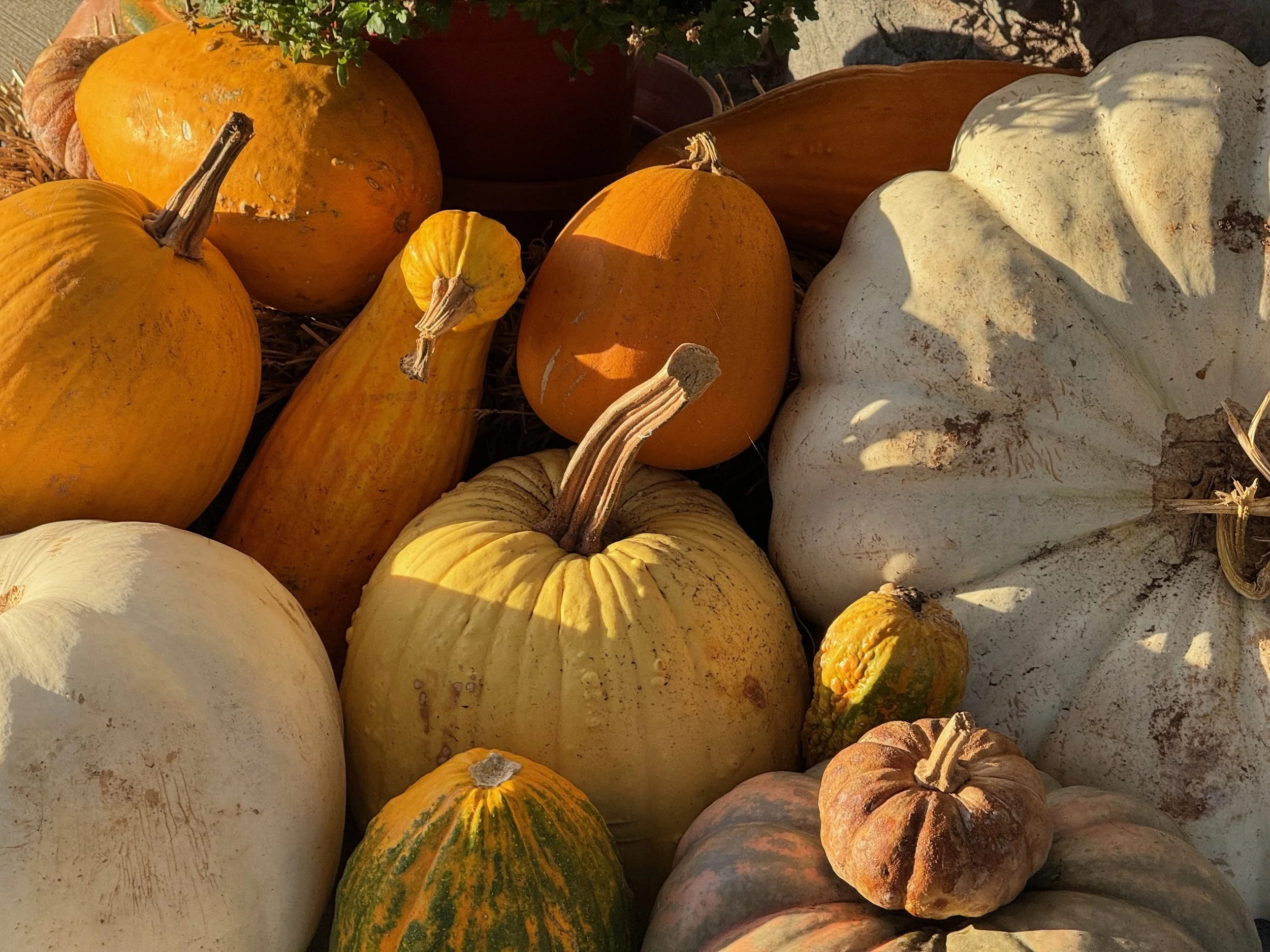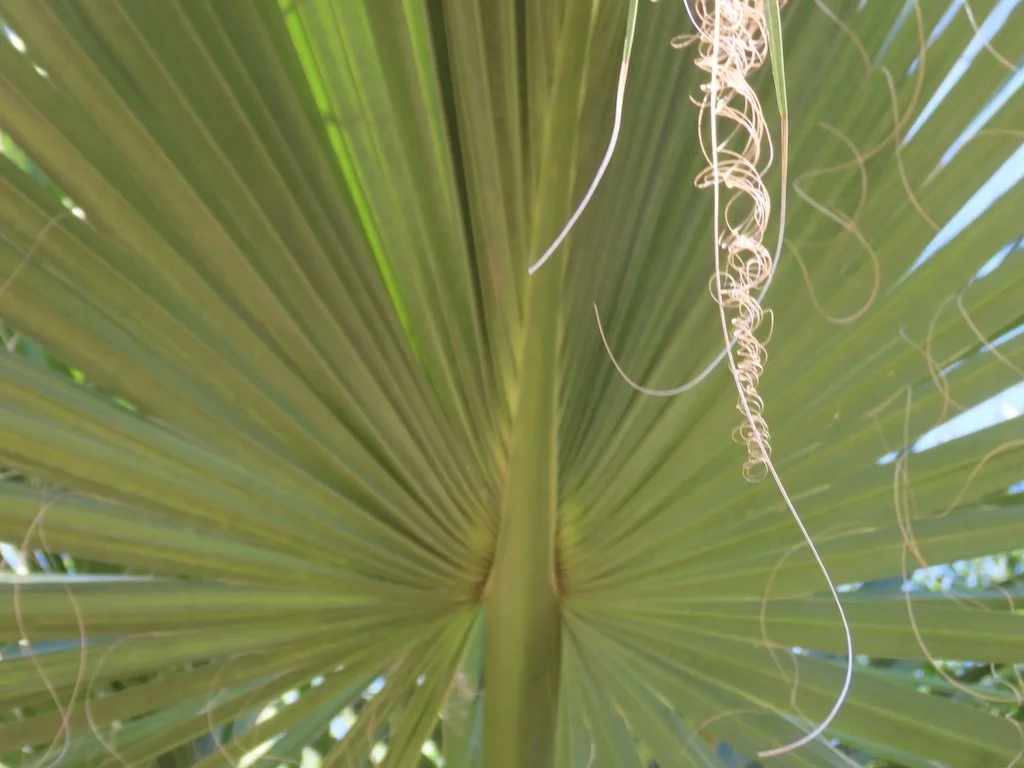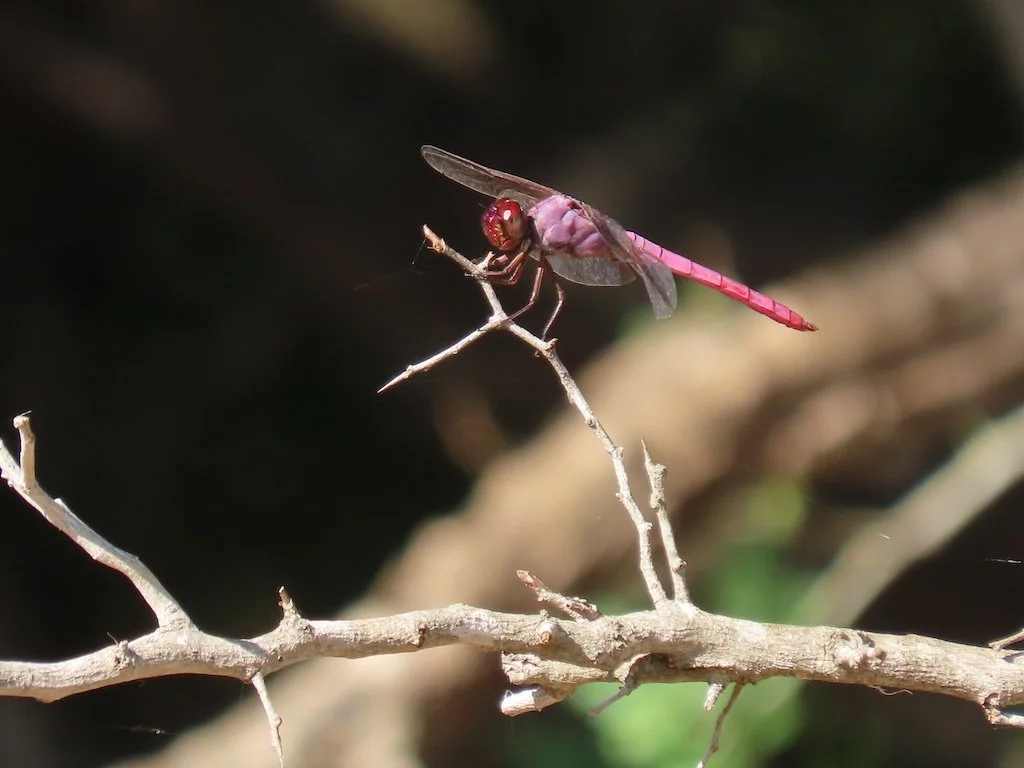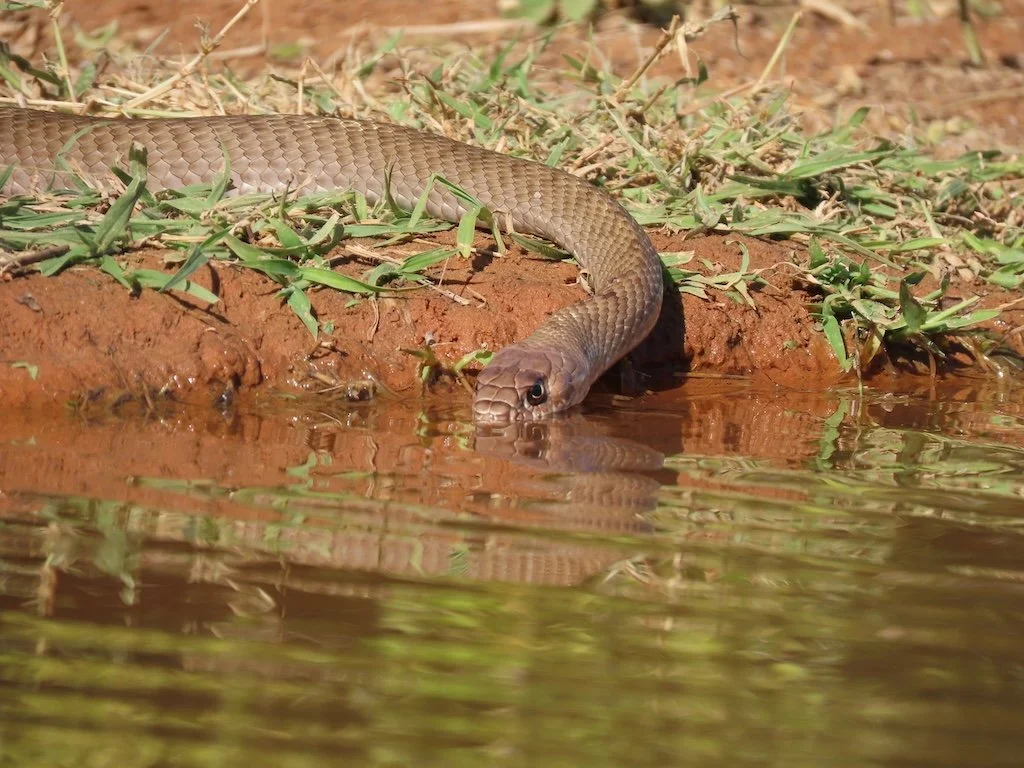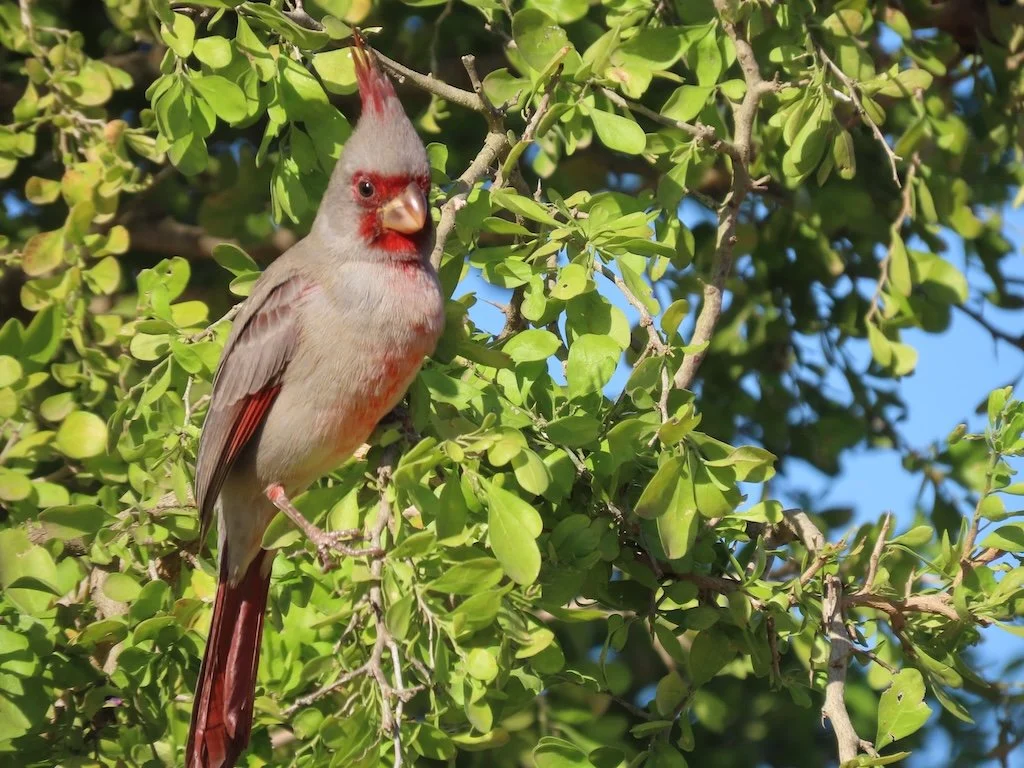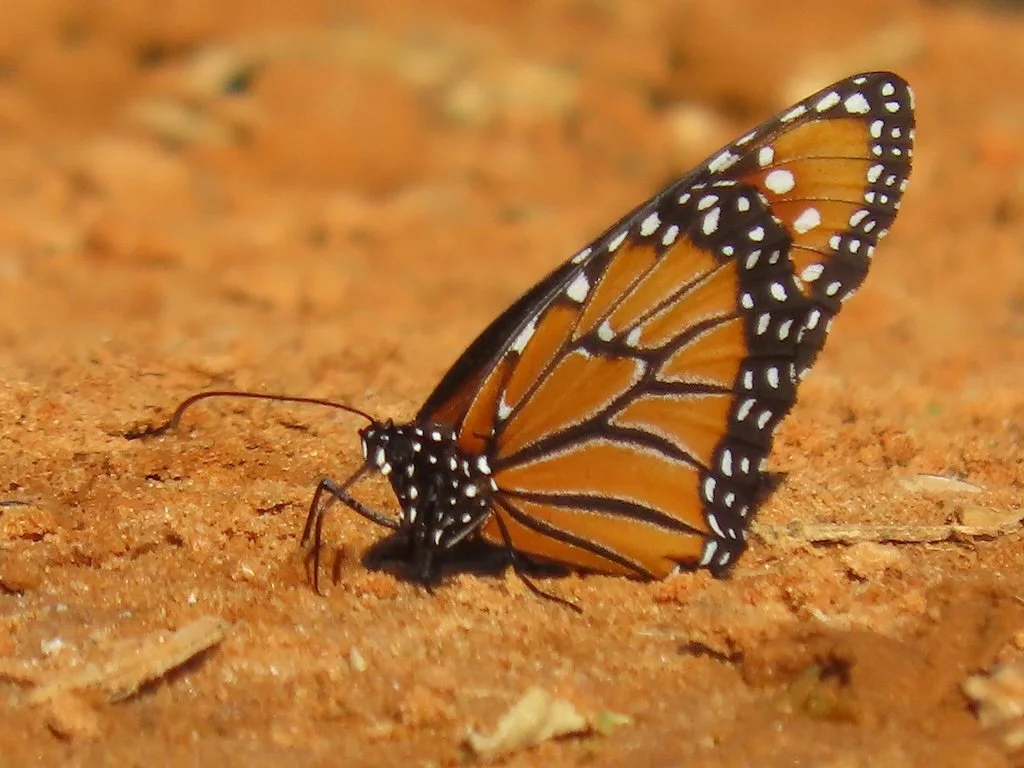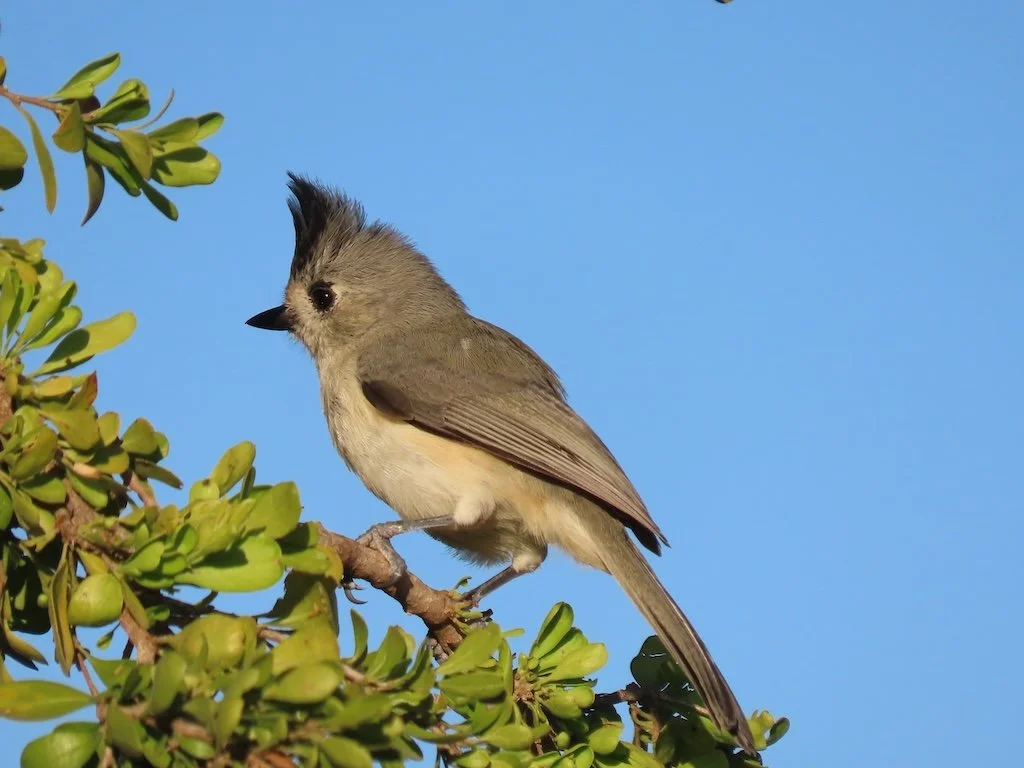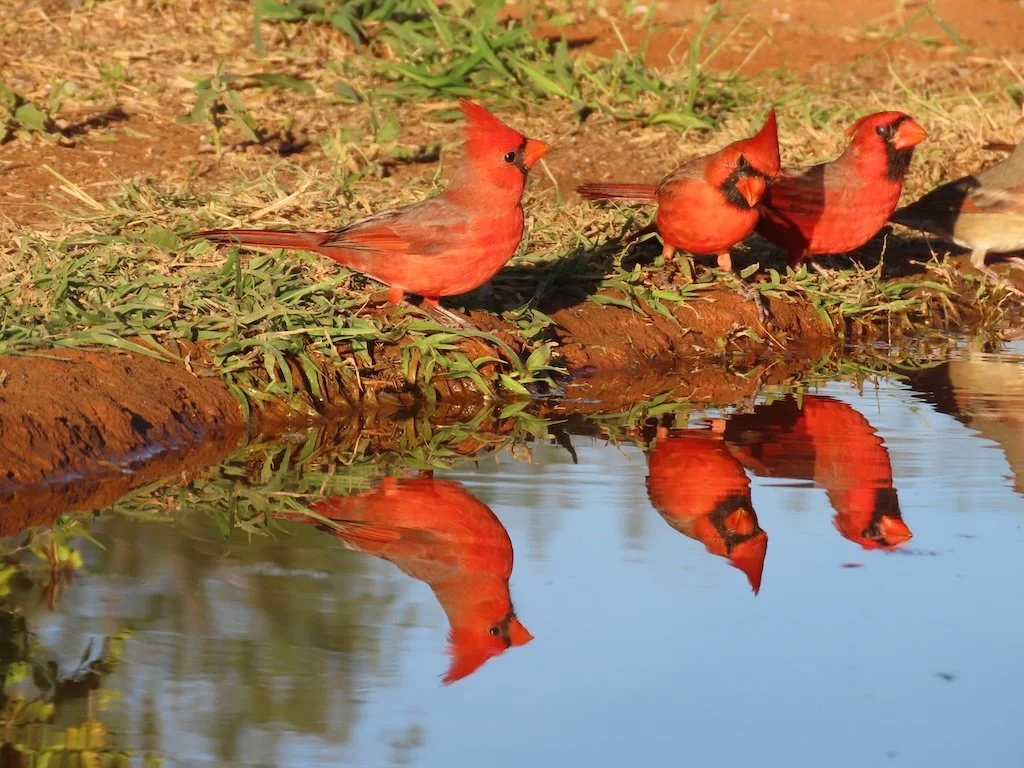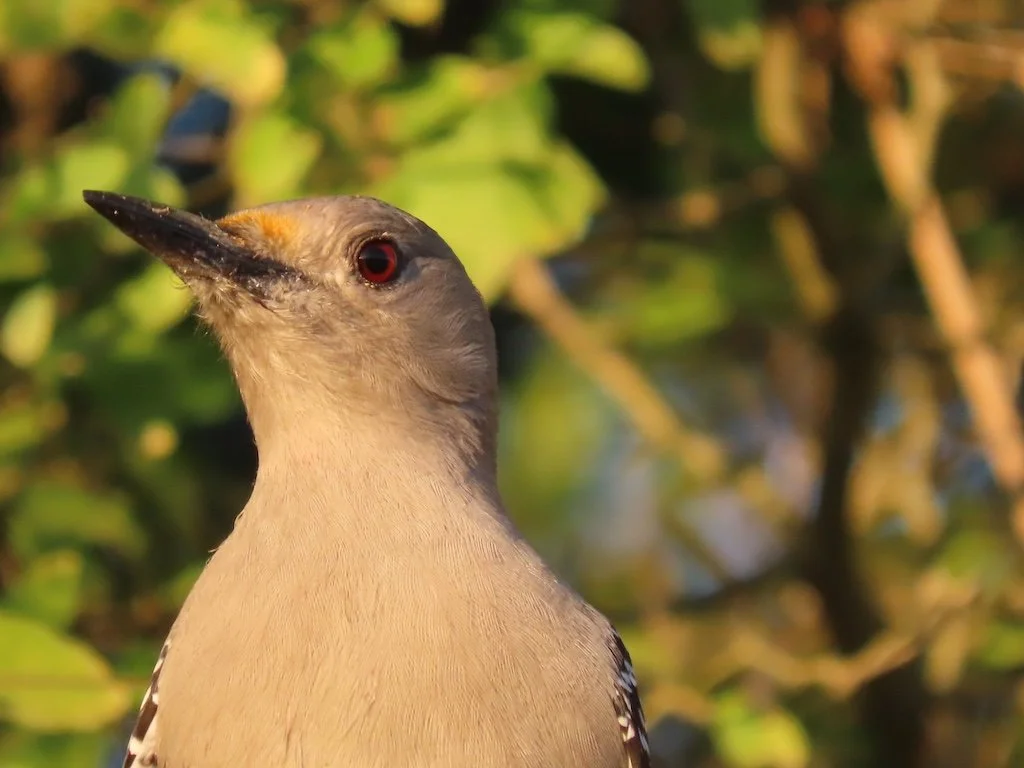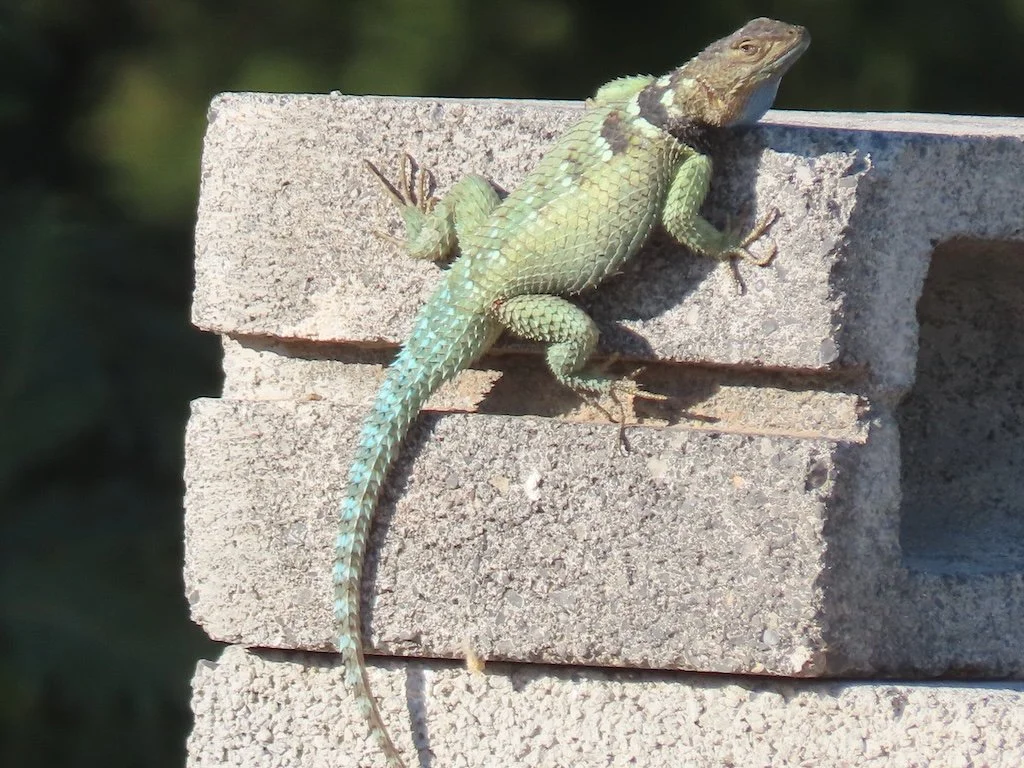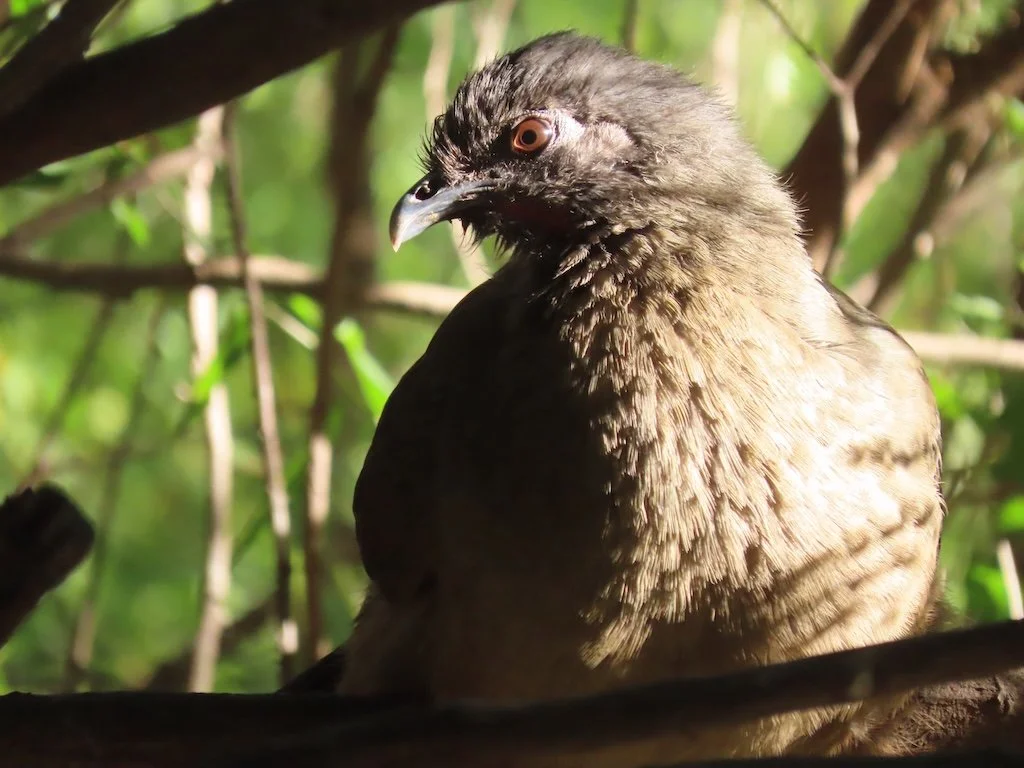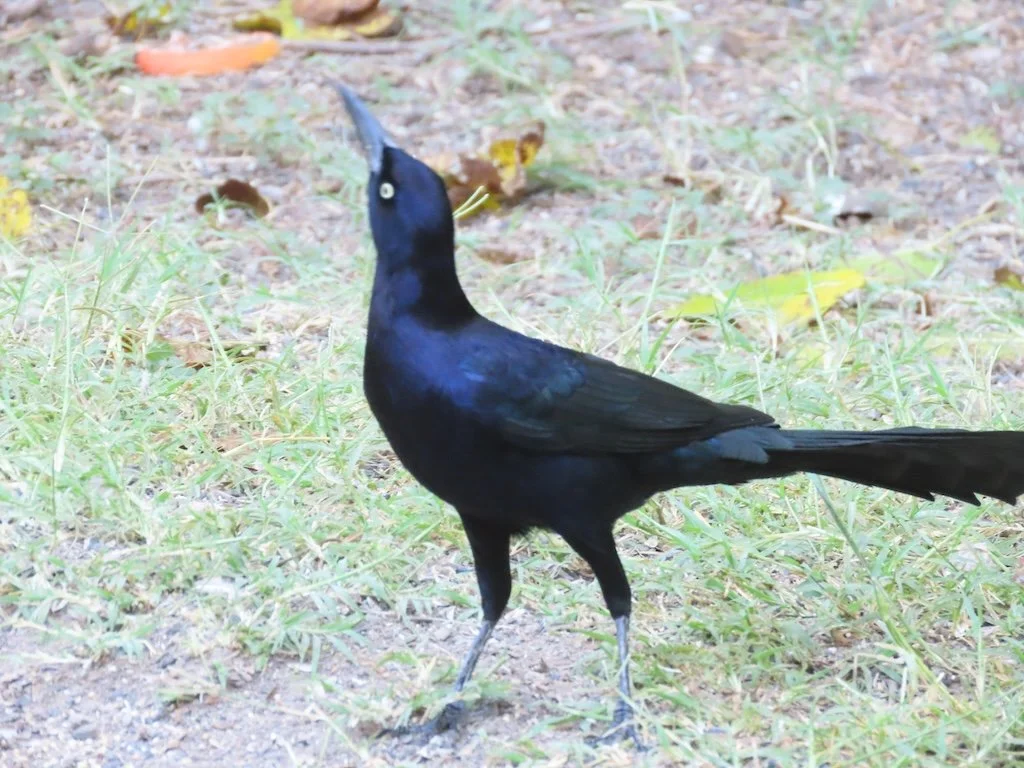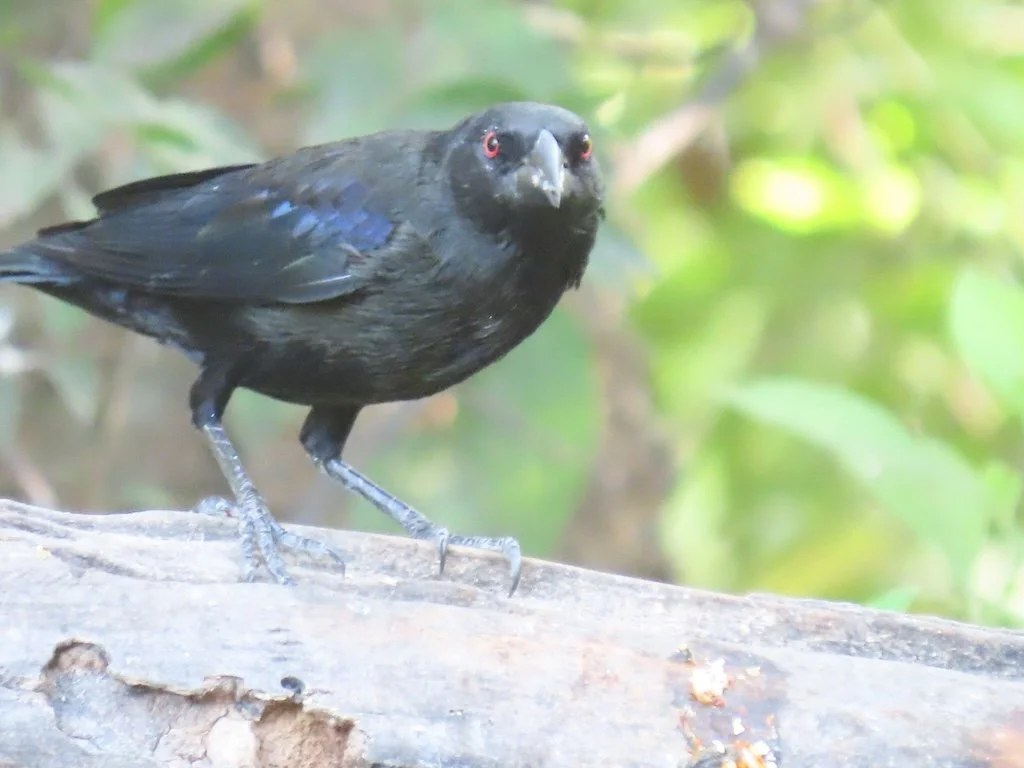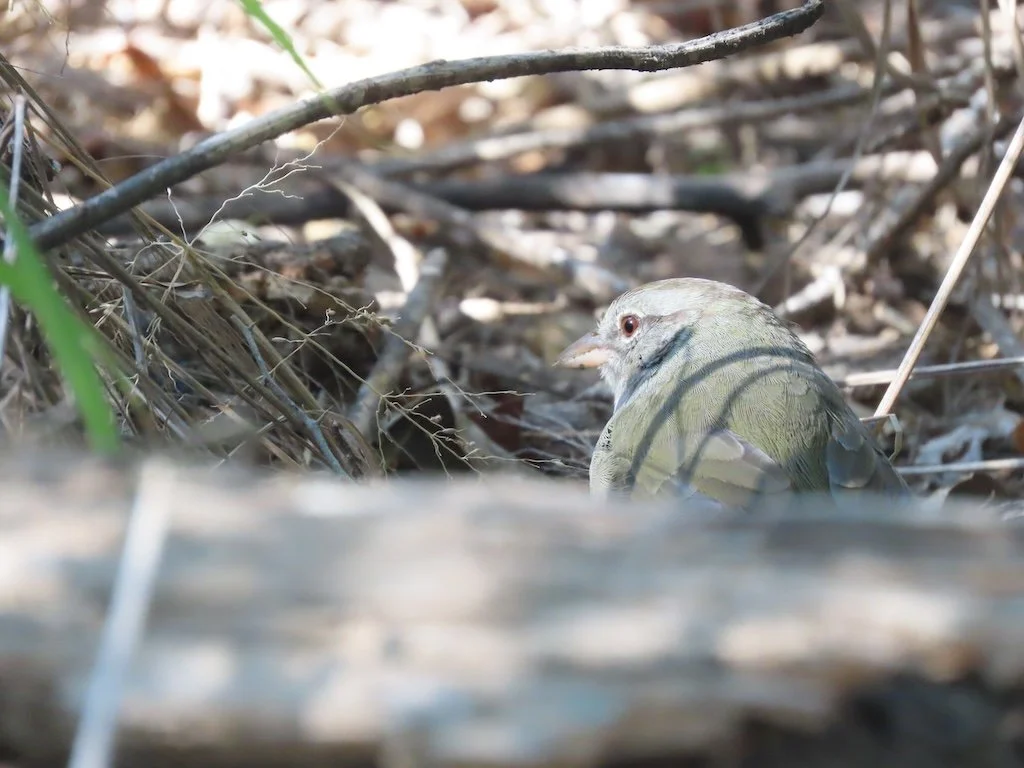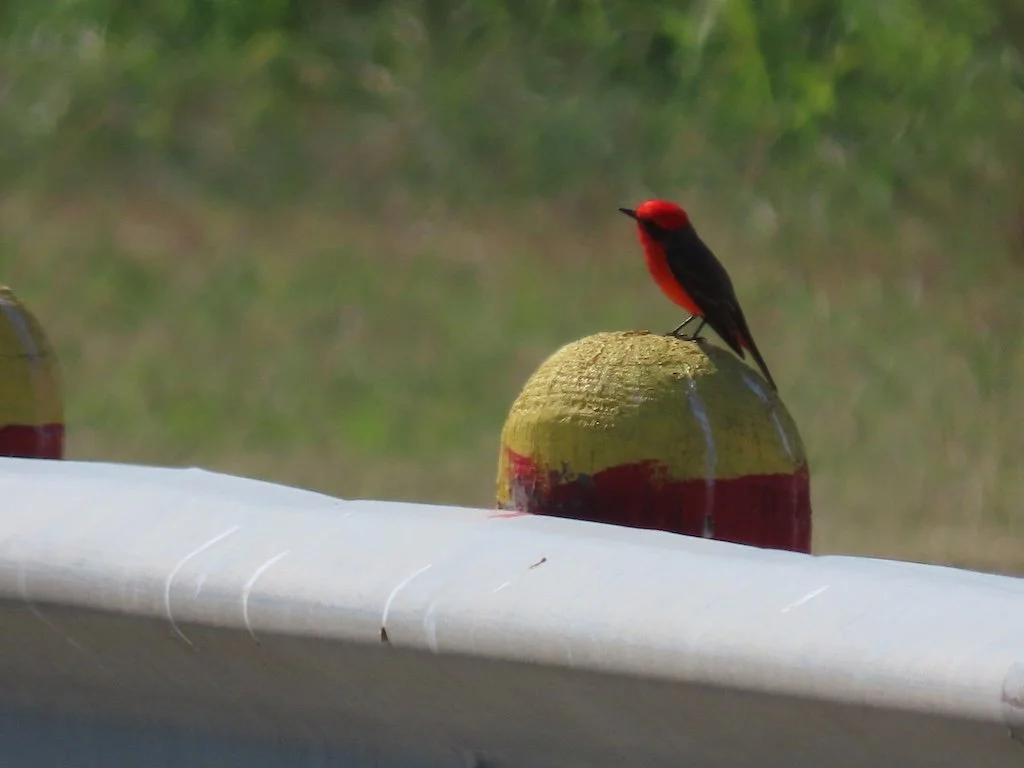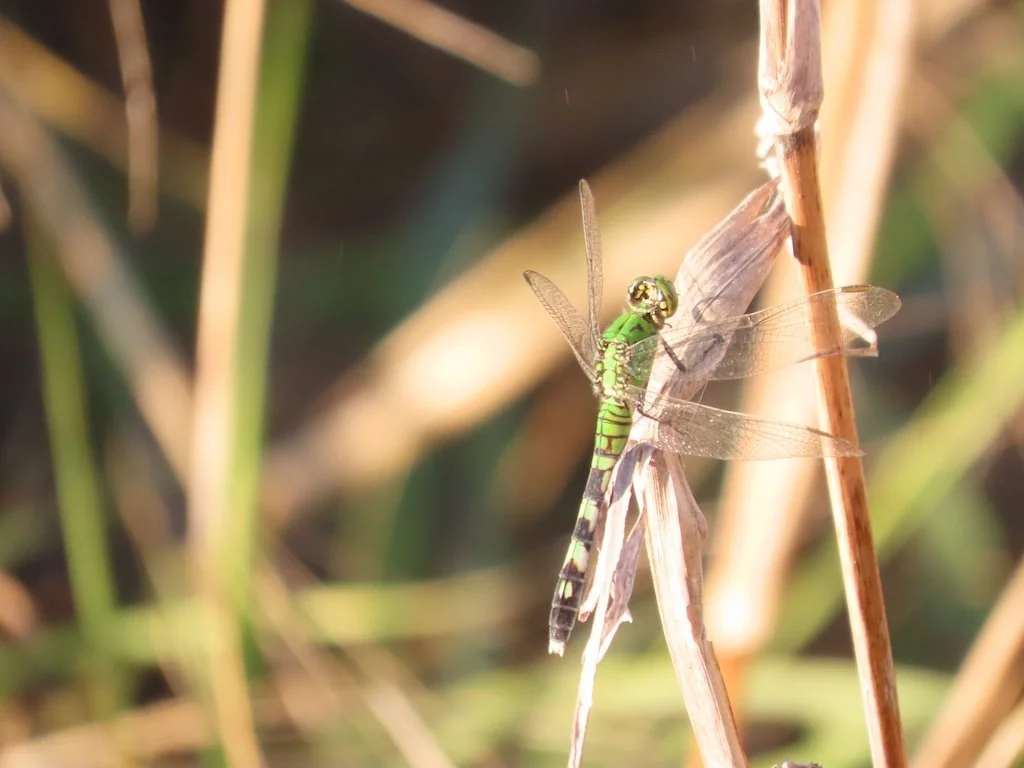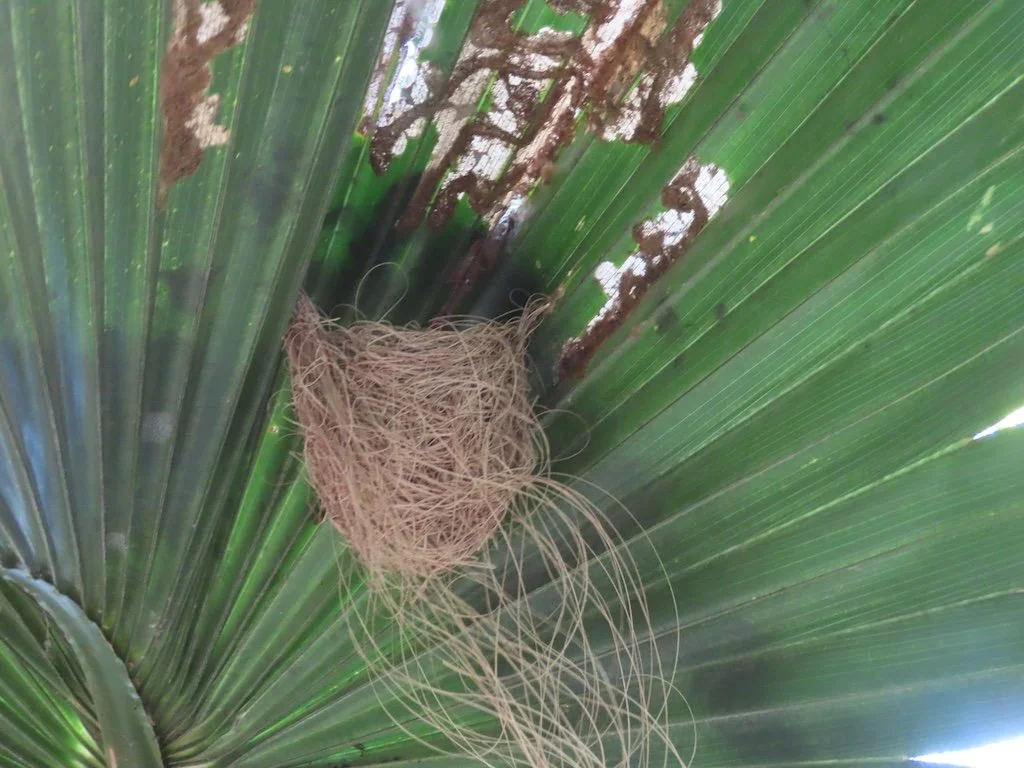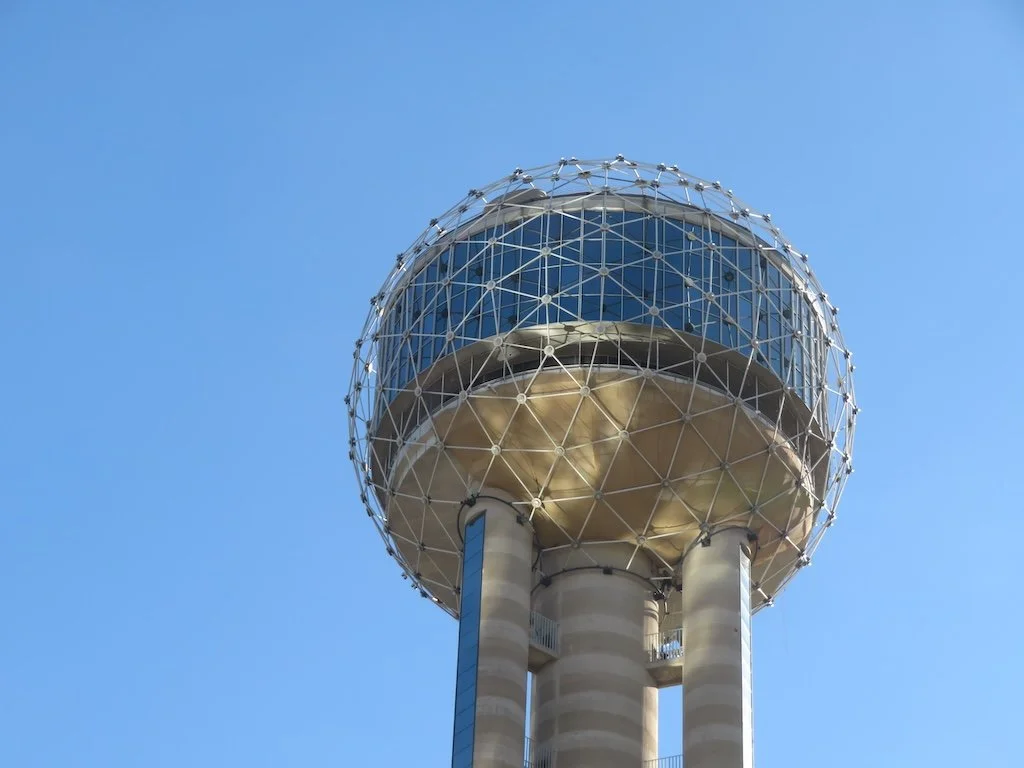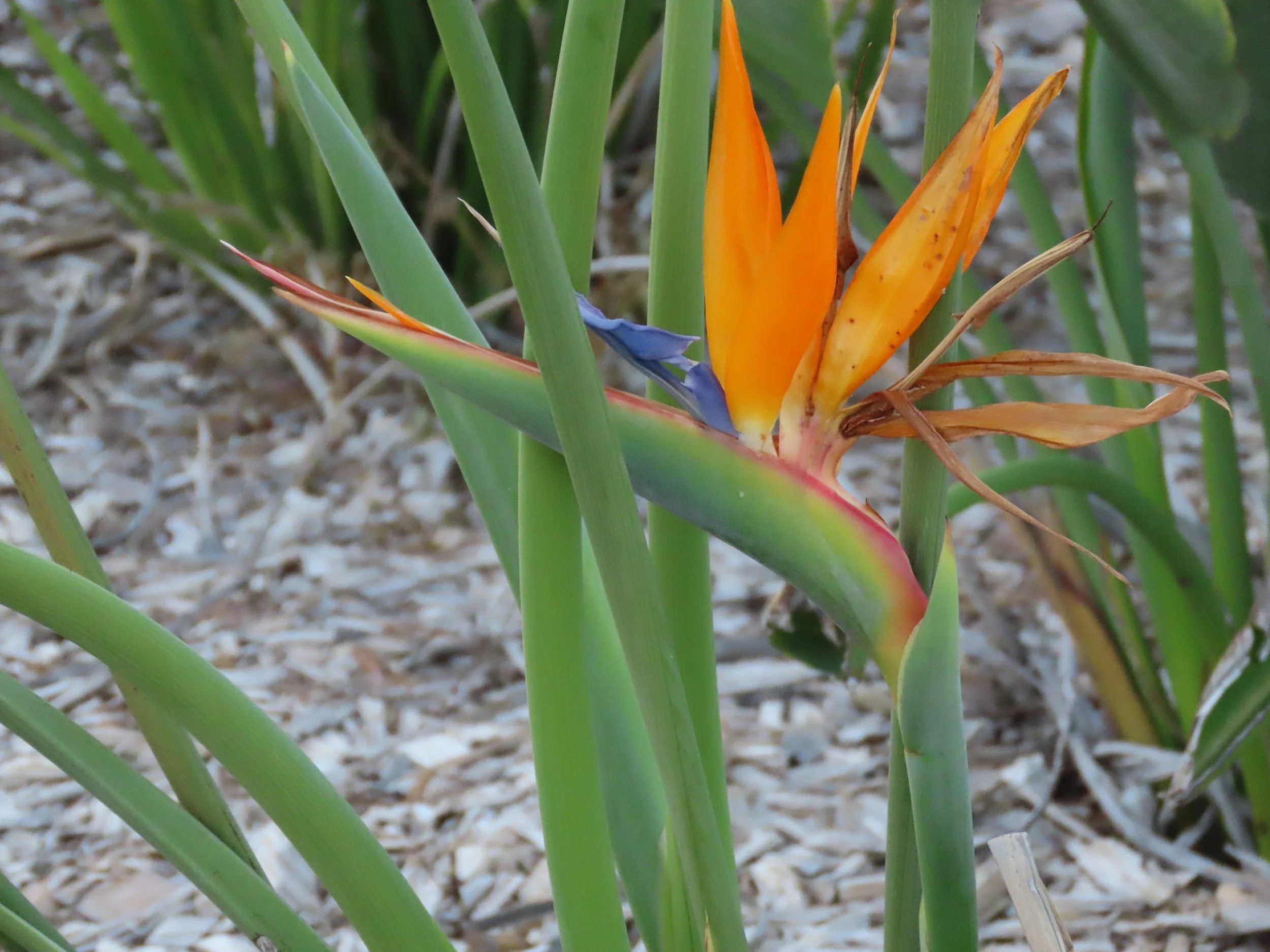Gleanings of the Week Ending August 9, 2025
/The items below were ‘the cream’ of the articles and websites I found this past week. Click on the light green text to look at the article.
Scientists unveil bioplastic that degrades at room temperature, and outperforms petroplastics – Sounds great…but will the existing plastic (made from petroleum) industry let this innovation move forward?
The world is getting hotter – this is what it is doing to our brains - As heatwaves become more intense with climate change, scientists are racing to understand how extreme heat changes the way our brains work. A range of neurological conditions are made worse by rising heat and humidity, including epilepsy, stroke, encephalitis, multiple sclerosis, migraine, along with several others. Heat can also alter other ways our brain functions – making us more violent, grumpy and depressed. Hospital admissions and mortality rates among people with dementia also increase during heatwaves. Rising temperatures have also been linked to an increase in stroke incidents and mortality. And there is a lot we do not know.
Bizarre New Creatures Discovered 30,000 Feet Under the Sea - Entire communities of animals, rooted in organisms that can derive energy not from sunlight but from chemical reactions. Through a process called chemosynthesis, deep-sea microbes can turn compounds like methane and hydrogen sulfide into organic compounds, including sugars, forming the base of the food chain.
Hawaiian Petroglyphs Reemerge for the First Time in Years - The full panel of petroglyphs has been exposed again after seasonal ocean swells swept away covering sand. In all, the petroglyphs are spread across 115 feet of beach and consist of 26 figures and abstract shapes that archaeologists believe were created 500 or more years ago.
The US Commercial Rooftop Solar Market Is About to Explode, Federal Tax Credits or Not - If all goes according to plan, all 500+ projects will be completed during this year into 2026, proving yet again that solar is the fastest way to add more capacity to the nation’s grid. Generating electricity on commercial rooftops and distributing it into the grid is America’s most shovel-ready energy option.
The Power of the Emerald Edge - Whether a tropical forest or coastal temperate rainforest, all forests must contend with a unique set of stressors including changes in land use, invasive insects and disease, and extreme weather events. Rapid changes in climate compound these stressors. How do we prepare our forests for the future? Preserving old-growth forests is one of the most powerful steps we can take.
Elusive and Majestic Red-Crowned Cranes in Hokkaido – Beautiful photographs…of beautiful birds.
Germany’s Stunning Fairytale Castles Added to UNESCO’s World Heritage List - The royal castles of Neuschwanstein, Linderhof, Schachen and Herrenchiemsee have been added to the prestigious list, which includes more than 1,200 sites. Neuschwanstein Castle, located near the village of Schwangau in Bavaria, is one of Germany’s most popular tourist sites. Every year, roughly 1.4 million travelers visit the site.
Learning how to live with shrubbier grasslands (part 1 and part 2) - Our grasslands are getting “shrubbier” and it’s increasingly difficult to prevent that. Because the drivers for that change are mostly beyond our control, it seems obvious that we need to start thinking differently about grassland management.
3 Ways Ancient Egypt Left Its Mark on Modern Art – Empire furniture, art deco, and artists like Bridget Riley.

